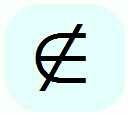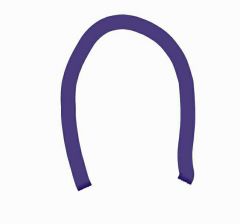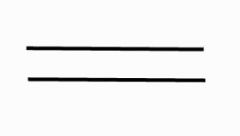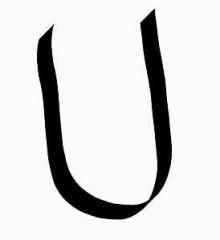![]()
![]()
![]()
Use LEFT and RIGHT arrow keys to navigate between flashcards;
Use UP and DOWN arrow keys to flip the card;
H to show hint;
A reads text to speech;
15 Cards in this Set
- Front
- Back
- 3rd side (hint)
|
Set |
Any collection of objects |
|
|

|
Symbol use to identify elements of a set |
|
|

|
Is not an element |
|
|
|
Equivalent sets |
Are sets containing the same cardinality or same number of elements |
|
|
|
Equal sets |
Sets containing the same elements no matter what order they are placed |
The order of elements does not matter Set C = January, February, March, April Set D = February, January, March, April |
|
|
Cardinality of a set |
Is the number of elements or member it contains |
|
|
|
Super Set |
Is a set containing all the elements of a smaller set |
|
|
|
Subsets |
Smaller sets formed |
|
|
|
Finite set |
is a set with an exact elements and can be counted |
Ex. The set of days in a week |
|
|
Infinite set |
is a set with an indefinite number of elements. Elements cannot be counted because it continues indefinitely |
Ex. The set of positive number |
|
|
Joint sets |
are set with common elements |
Ex. Set A = 1, 2, 3, 4 Set B = 5, 6, 7, 8 |
|
|
Disjoint sets |
are set without common elements |
|
|

|
The intersection of two sets is the set that contains all the elements that belong to both sets |
|
|

|
The symbol to denote an equal set |
|
|

|
The union of set containing all elements belonging to either one of the sets or to both, denoted by this symbol |
|

